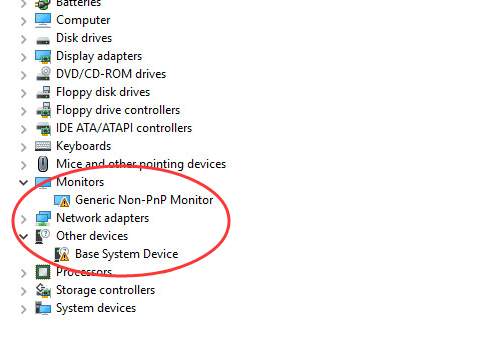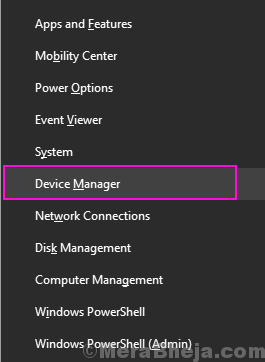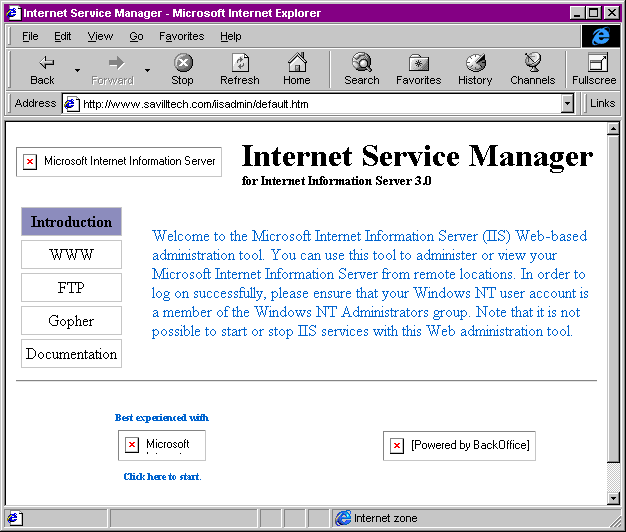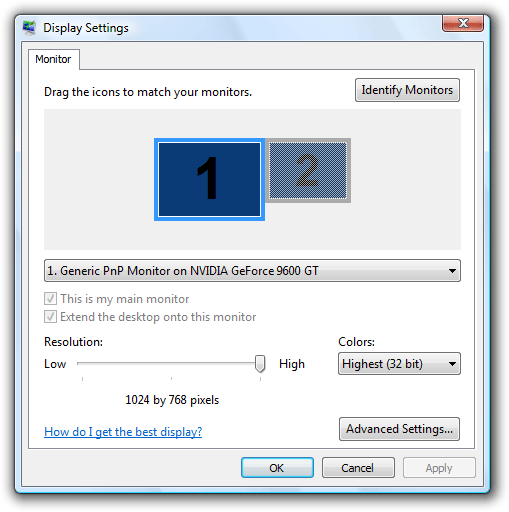

- #Windows 8 generic pnp monitor how to#
- #Windows 8 generic pnp monitor install#
- #Windows 8 generic pnp monitor drivers#
- #Windows 8 generic pnp monitor Pc#
- #Windows 8 generic pnp monitor download#
Here you will learn 2 ways on how to update the driver easily. To fix the problem, just update the driver. If the driver is not installed successfully, the device name will be displayed as Generic PnP Monitor with a yellow mark next to it. Monitor driver missing issue would occur after you upgrade to Windows new version or perform Windows update. In the device manager it still says Generic but now it is a pnp (plug n play?) monitor. This time it has been recognised as a SMEX220 and the resolution is as high as I like it. I tried deleting the driver but that did nothing! I pulled the plug on the cable and re-inserted. I think that the way I plugged the cable into my laptop, slightly at an angle, may have had something to do with it. I have a large Samsung display but the driver was set to 'generic non-pnp monitor' after briefly removing the cable. I have spent hours trying to fix this, and even ended up trying to get help from HP (with zero results) Your fix is what worked. Screen instantly changes to the correct resolution.
#Windows 8 generic pnp monitor Pc#
BTW this was using a seriously old vga cable, with vga in back of tv and dvi adapter at back of pc Apply changes. EDID or driver defaults' Then change the max resolution below to what you know is the limit of your device. In my case, it was using my tv as a second screen, which i know can do 1920*1080 I went into my AMD Catalyst control center, My VGA Displays >Properties Then unchecked the box marked 'Use. Max resolution was limited by what windows thinks your non-pnp monitor can handle. Apply to Windows 10, 7, 8, 8.1, XP & Vista. Here you will learn how to fix Generic PnP driver issue easily.
#Windows 8 generic pnp monitor download#
It times out at the end of installation and requests I download 'Standard_Monitor_Driver_Signed' from. I have two identical, new Lenovo monitors connected (one VGA the.
#Windows 8 generic pnp monitor drivers#
Windows 10 Update keeps overriding my monitor drivers to generic PnP and Non-Generic PnP drivers. Unlocks new features and configuration options in your devices, especially with video cards and gaming 2.com› Generic Non Pnp Monitor Driver Windows 10 ★ ★ ★ If your deskttop or laptop is running slow, or keeps crashing or hanging, there is a good chance that updating your drivers will fix the problem.Įnsures your hardware runs at peak performance.įixes bugs so your system will have fewer crashes.

Many computer problems are caused by missing or outdated device drivers, especially in Windows 10. Next, update individual drivers or all of the necessary drivers with one click. When the scan is complete, the driver update utility will display a results page showing which drivers are missing or out-of-date:

Once you download and run the utility, it will scan for out-of-date or missing drivers: It will Update all of your drivers in just a few clicks, and even backup your drivers before making any changes. The Driver Update Utility automatically finds, downloads and installs the right driver for your hardware and operating system. Automatic updates could save you hours of time. If you are having trouble finding the right driver, stop searching and fix driver problems faster with the Automatic Driver Update Utility.
#Windows 8 generic pnp monitor install#
Visit our Driver Support Page for helpful step-by-step videos Install Drivers Automatically In most cases, you will need to reboot your computer in order for the driver update to take effect. Locate the device and model that is having the issue and double-click on it to open the Properties dialog box.Ĭlick the Update Driver button and follow the instructions. In Windows XP, click Start -> Control Panel -> Performance and Maintenance -> System -> Hardware tab -> Device Manager button In Windows Vista, click Start -> Control Panel -> System and Maintenance -> Device Manager In Windows 7, click Start -> Control Panel -> Hardware and Sound -> Device Manager In Windows 8, swipe up from the bottom, or right-click anywhere on the desktop and choose "All Apps" -> swipe or scroll right and choose "Control Panel" (under Windows System section) -> Hardware and Sound -> Device Manager In Windows 10 & Windows 8.1, right-click the Start menu and select Device Manager It allows you to see all of the devices recognized by your system, and the drivers associated with them.

To install a driver in Windows, you will need to use a built-in utility called Device Manager. Once you download your new driver, then you need to install it.


 0 kommentar(er)
0 kommentar(er)
